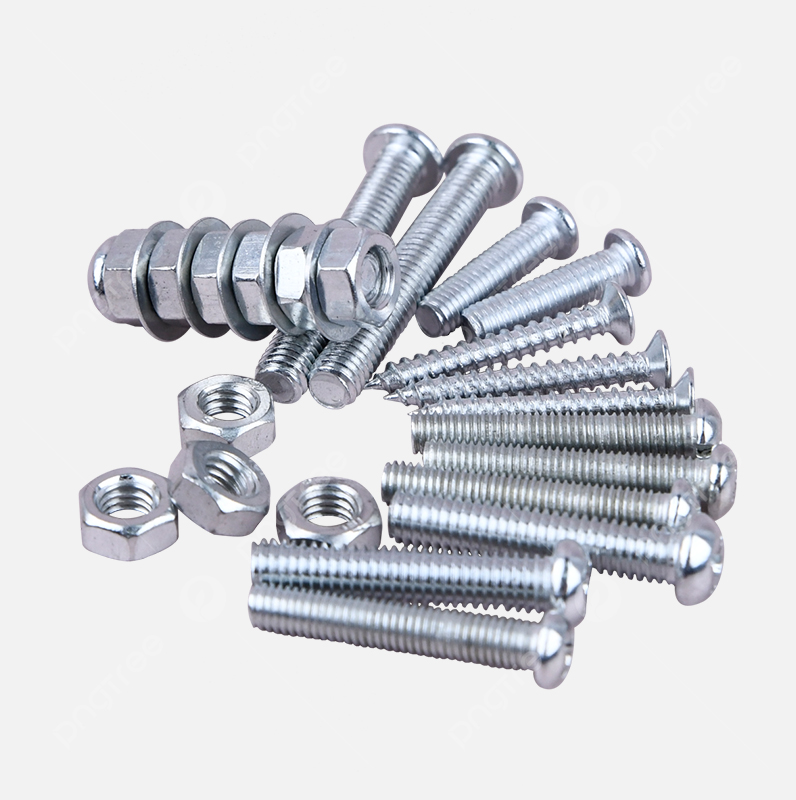chemical anchor threaded rod
The Role of Chemical Anchors and Threaded Rods in Modern Construction
In the field of construction and engineering, the integrity and stability of structures are paramount. As projects grow in complexity, the demand for reliable anchoring systems has led to the development of advanced solutions such as chemical anchors coupled with threaded rods. This article explores the principles of chemical anchoring, the versatility of threaded rods, and how their combination enhances construction methods.
Understanding Chemical Anchors
Chemical anchors are designed to secure structural elements to concrete and masonry materials. Unlike mechanical anchors, which rely on friction and mechanical interlock, chemical anchors utilize a resin-based adhesive that bonds the anchor to the substrate. This bond not only resists pull-out forces but also adapts to the irregularities in the substrate surface, providing a high degree of reliability.
The installation of chemical anchors involves drilling a hole into the substrate, cleaning it to remove dust and debris, and then injecting a chemical resin into the hole. A threaded rod is then inserted into the resin-filled hole, where it is held in place while the resin cures. This curing process can take anywhere from a few minutes to several hours, depending on the type of resin used and environmental conditions. The resultant fixture offers significant advantages, particularly in terms of load-bearing capacity and resistance to environmental factors.
The Role of Threaded Rods
Threaded rods serve as versatile fasteners in construction. Typically made from steel, these rods have continuous threads running along their lengths, allowing for easy attachment and adjustment of various components. Their applications range from supporting structural frameworks to anchoring machinery and equipment.
One of the main benefits of using threaded rods is their ability to be cut and configured to meet specific project requirements. They can be used in conjunction with nuts and washers to create custom assemblies, enhancing their adaptability in various applications. Additionally, threaded rods can be coated or galvanized to provide corrosion resistance, making them suitable for both indoor and outdoor settings.
Synergy of Chemical Anchors and Threaded Rods
chemical anchor threaded rod

The combination of chemical anchors and threaded rods is a robust solution for modern construction challenges. This synergy allows for high-load applications, such as securing heavy machinery or structural components, without the limitations often associated with traditional mechanical anchors.
For instance, when installing heavy fixtures like beams or columns, the risk of failure in the anchoring system can be catastrophic. By utilizing chemical anchors and threaded rods, engineers can achieve greater load capacities. The chemical adhesive's ability to fill gaps and form a strong bond with both the rod and the concrete ensures that the load is distributed evenly, mitigating the risk of localized stress points that may lead to failure.
Furthermore, this combination is particularly beneficial in reinforced concrete applications, where the distribution of force is critical. Chemical anchors allow for the placement of anchors deep within the substrate, maximizing grip and stability, which is often a requirement in seismic or high-wind conditions.
Environmental Considerations
As the construction industry becomes increasingly aware of its environmental footprint, the materials used in anchoring systems are under scrutiny. Fortunately, many manufacturers now provide eco-friendly chemical adhesives that comply with environmental standards. These products often feature low VOC (volatile organic compounds) formulations, reducing the impact on indoor air quality during installation and throughout the lifespan of the structure.
Conclusion
The integration of chemical anchors and threaded rods represents a significant advancement in construction technology. Their combined strengths offer engineers and builders the ability to meet the demands of complex projects while ensuring the safety and durability of structures. As the industry continues to evolve, the adoption of these innovations will likely become more widespread, setting new standards for anchor systems in construction.
In summary, chemical anchors and threaded rods are not just tools of the trade; they are foundational components that contribute to the integrity and resilience of modern construction. Their growing popularity reflects a broader trend towards more reliable, efficient, and environmentally conscious building practices. Whether it's in high-rise buildings, bridges, or industrial installations, the combination of these two elements is a testament to the ingenuity of contemporary engineering solutions.
-
Weatherproof Plastic Expansion Anchors for OutdoorLitabaJun.06,2025
-
Sustainability in the Supply Chain: Eco-Friendly TEK Screws ProductionLitabaJun.06,2025
-
Load-Bearing Capacity of External Insulation FixingsLitabaJun.06,2025
-
Double Head Bolts: Enhancing Efficiency in Industrial MachineryLitabaJun.06,2025
-
Corrosion Resistance in Chipboard Screws: Coatings for Wholesale DurabilityLitabaJun.06,2025
-
Butterfly Toggle Bolts : Enhancing Structural ResilienceLitabaJun.06,2025
